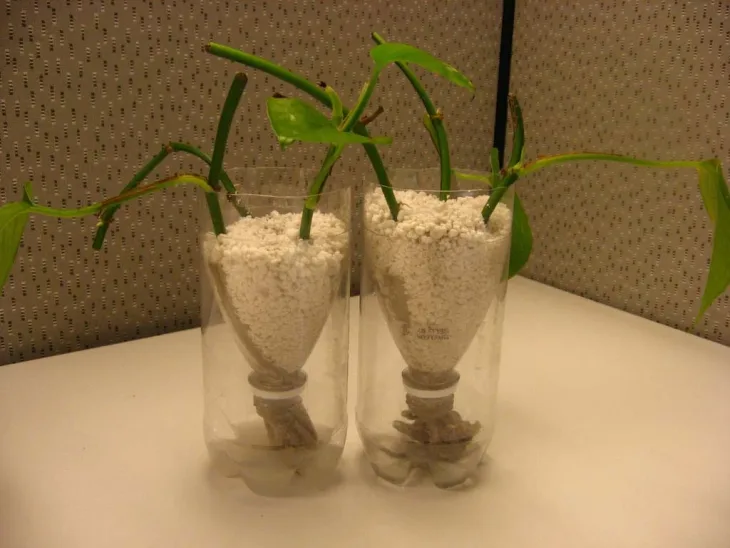For many years now, professional farmers have been using hydroponic farming due to the several advantages it provides. But it has become extremely popular with amateur gardeners as well in recent years as it provides ample scope to grow your vegetables and greens within the limited space available at home. Hydroponics is a method of growing plants and flowers without using soil. Instead, it uses a mixture of water and nutrient solutions to grow plants in a stipulated environment that can be created with some basic hydroponic equipment.
This is the main reason why hydroponic setups have gained immense popularity amongst city dwellers. If you have the right kind of hydroponic supplies, you can set up a basic hydroponic system for beginners and can still reap all the benefits it provides. For beginners, systems like the wicking system, water culture, and ebb and flow are the most suitable kinds as they are easy to set up and require very little maintenance. Plants like lettuce, spinach, Swiss chard, and kale are perfect for those just starting with hydroponics, herbs like basil, parsley, oregano, cilantro, and mint, and fruiting plants like tomatoes, strawberries, and peppers can also be grown.
Contents
Things you need to set up a hydroponic system
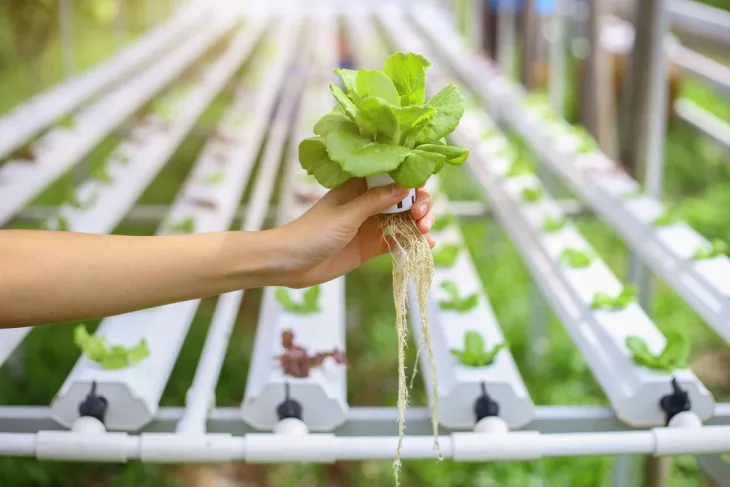
Source: stories.pinduoduo-global.com
While growing outdoors, plants extract light, water, nutrients and grow mediums that are essential for their growth from nature. But in hydroponic systems, you need to provide them with all these four elements to emulate a similar environment. The absence of any of these elements can hamper plant growth.
Light
Light is one of the essential elements that plants require to grow. While in the natural surroundings, plants depend on sunlight, indoor hydroponic systems need to grow lights to match the same. While most plants require close to 6 hours of light on a daily basis, some plants also require light for longer hours. If you have an outdoor hydroponic setup, it can depend on the natural source of light, but an indoor setup will require some grow lights that emit both red (warm) and blue (cool) light for appropriate plant growth. Indoor systems will also require additional equipment like light fixtures, structural support for lights, power strips, and accessible outlets which you can easily order from Australia’s leading Hydroponic Supplier Kushy.com.au.
Substrate
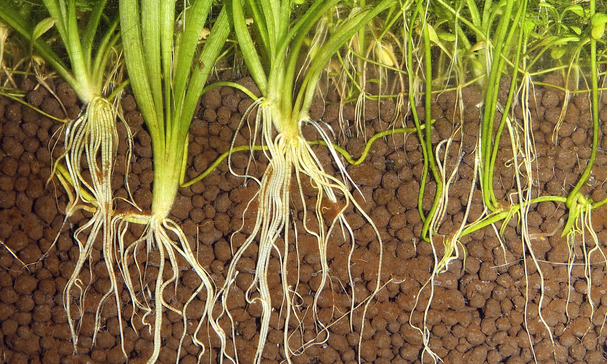
Source: jbl.de
Plants need a support structure where they can grow. In traditional farming, soil acts as the substrate, but in hydroponic systems, you need to provide them with a dependable platform where they can be grown. Materials like coconut fiber, pea gravel, sand, sawdust, peat moss, perlite, and vermiculite are some options to be used as a substrate. Other options like rock wool or clay pellets can also be tried.
Water
Water is the lifeline for plants to grow. And the purer the water, the better will be the plant growth. This is why RO (reverse osmosis) water is most preferred for hydroponic systems. RO water better maintains the right nutrient balance and pH level, which is an important element for the fulfilling growth of plants. An absence of this element can leave the plants dry and obstruct their natural growth.
Nutrients
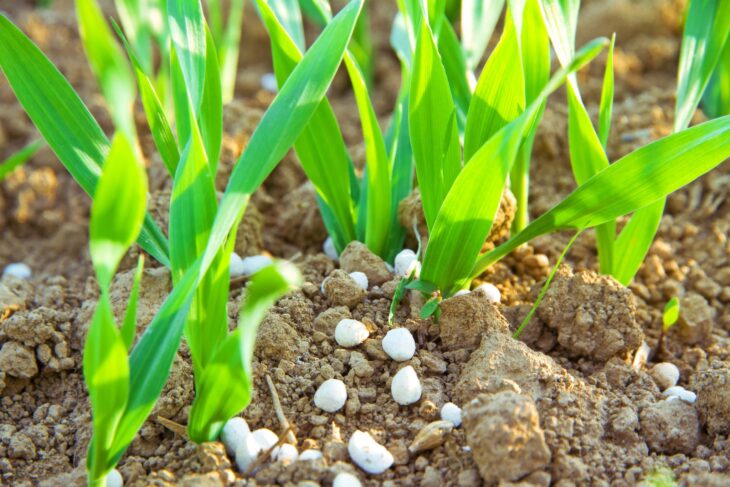
Source: aces.edu
Plants require some nutrients to grow that include nitrogen, potassium, phosphorus, calcium, magnesium, iron, copper, zinc, etc. And these nutrients are provided to the plants through nutrient solutions in which the roots are submerged. A premix of these nutrients is usually available in the market that has a balanced amount of nutrients added to the mixture.
Best hydroponic systems for beginners
Now that we know the basic hydroponic growing supplies let us find out the most basic hydroponic systems that are ideal for beginners. These are easy to set up, simple to operate, and still provide a similar kind of output. While most of them function in a similar fashion, they differ in the way they supply water and nutrients to the plants. Different systems work better with different plants depending on the requirement of the crop you wish to grow.
While most beginners prefer to purchase ready-to-use hydroponic systems, if you wish to set them up from scratch, you will need some basic hydroponic farming equipment like reservoir containers, net pots, grow trays, grow lights, air systems, etc. Let’s discuss some basic hydroponic systems that are best suited for beginners.
The wicking system
The functioning of a wicking system is fairly simple. Plants sit within the wicking medium that is placed right above the water and nutrient solution reservoir. Wicking ropes are attached to the plants connecting them with the nutrient solution. The wicking ropes pull water as and when the plants require them. There are no pumps or additional machines required in this system.
Ebb and flow
This system needs a pump and a timer. The pump provides water and nutrient solution to the roots of the plants, and once the timer is off, the water drains back into the reservoir. This cycle is repeated at a timely interval providing the plants with the necessary nutrients.
Water culture
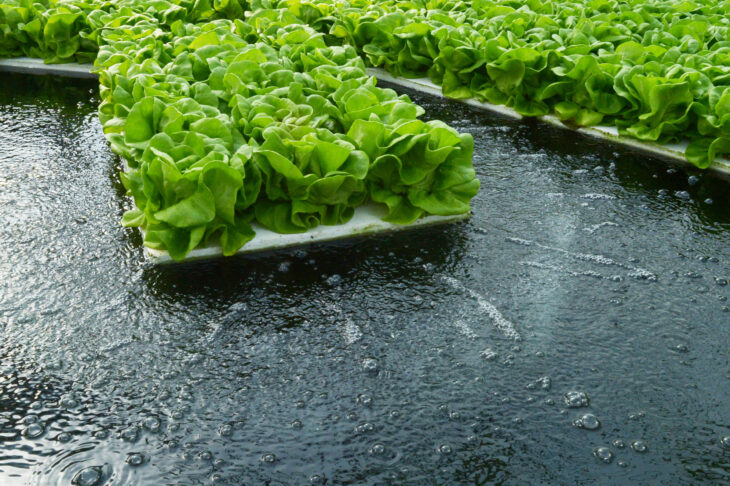
Source: suncrestusa.com
This is one of the simplest hydroponic systems. The plants are placed directly into the water and nutrient solution reservoir with their roots submerged in it. An air pump is placed inside the reservoir to avoid the roots’ suffocation, providing the necessary oxygen.
Drip system
This is yet another simple setup. The plants are placed in a growing medium that sits above the nutrient solution reservoir. The solution is pumped to the roots through tubes in droplets soaking the roots, and the grow medium. Any extra solution drips back into the reservoir.
It is quite clear that hydroponic systems are excellent to grow your greens just about anywhere. No wonder that these systems are becoming a hit with amateur gardeners as well. So, if you also wish to have a lovely garden that grows your favourite veggies and flowers, try hydroponics. All you need is the right knowledge and correct hydroponic supplies to set up a simple system that will provide ample greens for your household in all seasons.

